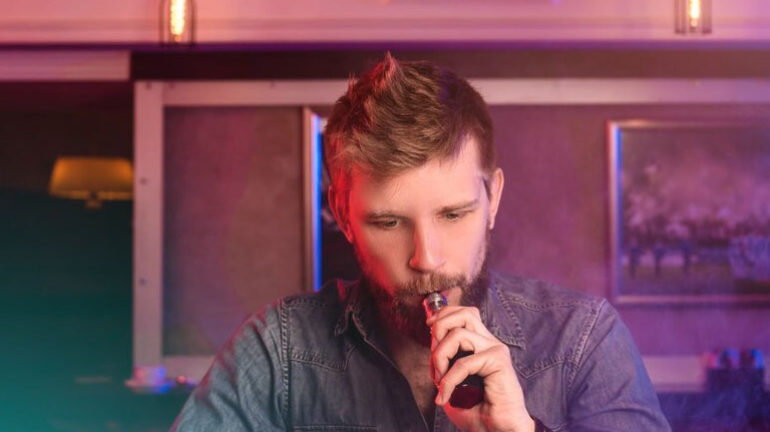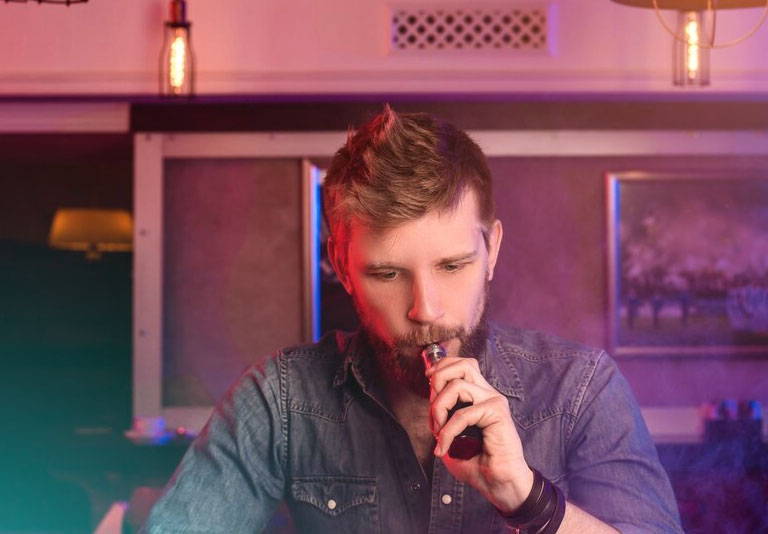
The demographics of vaping have evolved, influenced by factors such as product innovation, marketing strategies, regulatory changes, and public perception. While specific demographics can vary by region and context, here’s a general overview of the typical demographics associated with vaping:
Age: Vaping is most prevalent among young adults and adolescents, particularly those in the 18-24 age range. However, there’s also a significant portion of older adults who vape, ranging from their late 20s to 50s and beyond.
Gender: Vaping has historically been more popular among males, but the gender gap has been narrowing in recent years. There’s now a more even distribution of male and female vapers, although males still tend to dominate certain subcultures within the vaping community.
Socioeconomic Status: Vaping is prevalent across various socioeconomic backgrounds. While some high-end vaping devices and e-liquids may cater to more affluent individuals, there are also budget-friendly options accessible to people from all income levels.
Education: Vaping prevalence tends to be higher among individuals with lower levels of education, but it’s also prevalent among college-educated individuals. Education level can influence attitudes toward vaping, with some studies suggesting that higher education is associated with a more critical perspective on vaping.
Smoking Status: Former and current smokers are more likely to vape compared to nonsmokers. Vaping is often perceived as a smoking cessation tool, and many smokers turn to vaping as a less harmful alternative or as a means to quit smoking altogether.
Geographic Location: Vaping prevalence can vary significantly by region and country due to differences in regulatory environments, cultural norms, and access to vaping products. Urban areas tend to have higher rates of vaping compared to rural areas.
Lifestyle and Subculture: Vaping is often associated with certain lifestyles and subcultures, such as the “vape culture” that emerged in the early 2010s. This subculture is characterized by enthusiasts who are deeply engaged with vaping as a hobby, often participating in vaping competitions, building custom vaping setups, and socializing at vape shops and events.
Health Consciousness: Vaping appeals to individuals who are health-conscious or concerned about the harmful effects of traditional smoking. Some vapers perceive vaping as a safer alternative to smoking and as a way to reduce their exposure to harmful chemicals found in tobacco smoke.
Overall, the demographics of vaping are diverse and multifaceted, reflecting a wide range of personal preferences, behaviors, and social influences. As vaping continues to evolve, so too will the demographics of its users.
